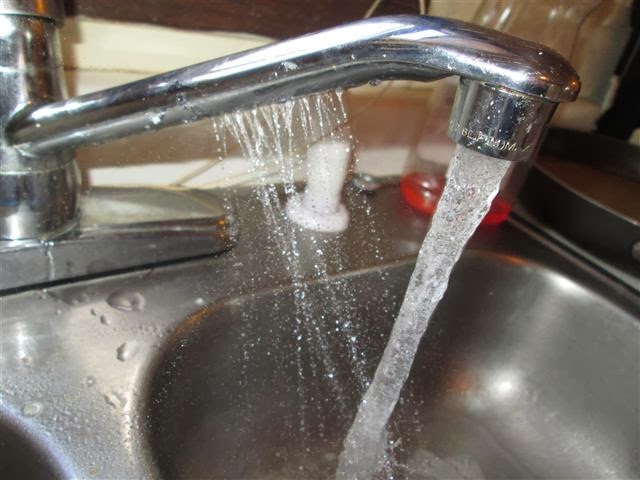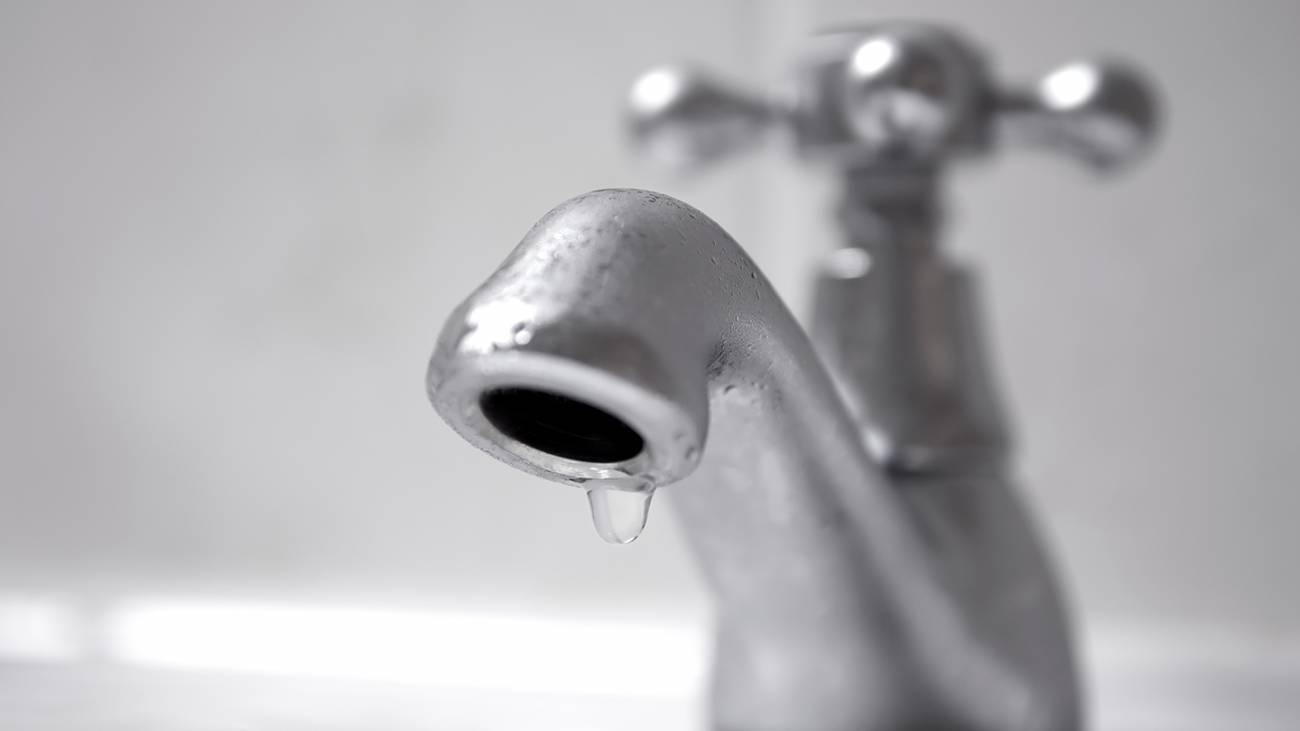Exploring the Results of a Faulty Faucet
Exploring the Results of a Faulty Faucet
Blog Article
Do you find yourself hunting for content on The Environmental Impact of Leaky Faucets?

Introduction
A leaky faucet might feel like a minor inconvenience, yet its effects prolong far beyond the occasional drip. Understanding the effects of a dripping faucet is vital for both home owners and the environment. In this post, we'll check out the numerous impacts of this typical family concern and why addressing it quickly is crucial.
Reasons For Leaky Faucets
Leaking faucets can result from a range of aspects, consisting of deterioration, high water stress, and rust. Gradually, the continuous use of faucets can lead to damaged seals and gaskets, triggering leaks to develop. In addition, too much water stress can put strain on plumbing components, causing leaks. Corrosion and corrosion can likewise weaken tap elements, making them prone to leak.
Water Wastage
One of one of the most considerable consequences of a dripping faucet is water waste. Even a little drip can add up to gallons of drainage in time. This not just drives up water costs however also adds to water scarcity and environmental destruction. Attending to dripping faucets immediately is crucial for saving this priceless resource and lessening its impact on the world.
Financial Effect
Along with wasting water, leaky faucets can additionally have a substantial financial effect. Boosted water costs are a straight effect of water wastefulness, costing homeowners hundreds of dollars every year. Moreover, the expense of fixing water damage brought on by leaks can be considerable, especially if left neglected for an extensive duration.
Ecological Effect
The ecological impact of leaking faucets extends past water waste. By conserving water, property owners can contribute to more comprehensive efforts to reduce water deficiency and secure natural communities. Lasting choices such as rain harvesting and water-efficient fixtures can further minimize the environmental footprint of house water usage.
Technical Solutions
Advancements in innovation have brought about the growth of clever taps and water-saving devices that help reduce water waste. Smart faucets make use of sensors to discover motion and adjust water circulation accordingly, lowering waste without compromising convenience. Water-saving tools such as aerators and low-flow showerheads are additionally effective in saving water without jeopardizing performance.
Global Perspectives
While dripping taps may seem like a local problem, they contribute to more comprehensive international challenges such as water deficiency and environment change. In areas already encountering water anxiety, every drop counts, making leakage prevention and repair service important. By taking on water-saving practices and buying sustainable innovations, homeowners can play their part in resolving these pressing worldwide issues.
Regulative Actions
Government policies play a crucial role in reducing the effect of dripping taps and advertising water preservation. From building codes that require water-efficient fixtures to water-saving incentives and rebates, policymakers have a range of tools at their disposal. By implementing and enforcing these regulations, governments can guarantee that property owners prioritize water preservation in their day-to-days live.
Neighborhood Impact
Addressing dripping taps requires cumulative initiatives at the community degree. By increasing awareness concerning the significance of water preservation and supplying resources for leak detection and repair, neighborhood authorities can empower homeowners to act. Initiatives such as water-saving discount programs and leak discovery campaigns can incentivize habits change and promote liable water usage.
Instance Studies
Real-life examples of the influence of leaky taps highlight the value of proactive maintenance and prompt fixings. From water damage to escalating water expenses, the repercussions of overlooking leaks can be severe. By sharing these case studies, house owners can much better recognize the significance of dealing with leaking taps immediately.
Educational Campaigns
Educational projects play a critical duty in elevating recognition concerning the results of dripping faucets and promoting water conservation practices. Via workshops, workshops, and on-line sources, property owners can learn how to detect and fix leakages themselves. By equipping individuals with expertise and tools, educational projects can promote a culture of liable water use within communities.
Health Concerns
Leaking faucets can develop favorable settings for mold and mold development, positioning health and wellness dangers to passengers. The visibility of mold and mildew can intensify respiratory system concerns and allergic reactions, particularly in at risk people. Additionally, water damage arising from leakages can compromise the structural honesty of structures and lead to costly repairs.
DIY vs. Professional Repair service
When faced with a leaky tap, house owners commonly dispute whether to attempt repairs themselves or work with an expert plumber. While DIY fixings can save cash, they may not constantly deal with the hidden problem effectively. Specialist plumbing technicians have the knowledge and tools to identify and deal with leaks properly, ensuring long-lasting remedies and assurance for house owners.
Safety nets
Preventing leaking taps calls for normal maintenance and positive actions. Simple tasks such as replacing worn-out washers and seals can avoid leaks from establishing. Furthermore, upgrading to premium components and minimizing water pressure can help prolong the lifespan of taps and decrease the threat of leaks.
Conclusion
In conclusion, the effects of a leaky tap prolong far past the periodic drip. From water waste and increased water costs to health and wellness concerns and ecological effect, the consequences of overlooking leaks can be substantial. By attending to leaky faucets promptly and embracing water-saving practices, house owners can mitigate these impacts and contribute to a much more lasting future.
Why You Shouldn’t Ignore a Leaky Faucet in Your Home
What Causes a Leaky Faucet?
Various factors can cause a leak, from loose and worn-out parts to corrosion. Your faucet has four essential components from which most plumbing issues will stem: the O-ring, the valve seat, the washer and the gasket.
What Is an O-Ring?
The O-ring is a stem screw that fastens parts of the faucet in place, preventing water from leaking out of the spout. Depending on your faucet type, the stem might have multiple O-rings. Water will drip from the faucet’s handles and base if this part breaks or deteriorates.
What Is a Valve Seat?
The valve seat controls the flow and temperature of the water. Found at the base of the handle, it works as a seal for the faucet’s stem. The valve seat ensures the water is allowed to flow or is blocked as the handles dictate. You’ll know it’s malfunctioning when water leaks from your faucet’s sides.
What Is a Gasket?
The gasket is found between the water inlet and the valve stem. It creates a seal between the faucet and the sink, holding its joints by aerators attached to the stem’s head. Water will trickle out from the base if the gasket isn’t working.
What Is a Washer?
The washer secures the handles and prevents leakage, serving a similar purpose to the O-ring. While the O-ring is ordinarily round and made from an elastic material, such as rubber, the washer is square-shaped and composed of brass, copper and other hard metals. If it malfunctions, corrodes or has been improperly installed, water will leak out of the handles, causing that incessant faucet drip.
Why Is a Leaky Faucet Dangerous?
A leaky faucet left alone for too long can have significant consequences.
Pest Infestations
Since bugs and rodents gravitate towards the scent of water, a leaky faucet will draw pests to your sink. Both are looking for leaks accessible through crawl spaces, which a faucet provides. If you leave water dripping for too long, you run the risk of an infestation.
Rust
If one of the faucet parts has started to corrode, the resulting rust can spread to your pipes and valves with startling speed. The rust might even lead to cracks or other impairments, resulting in more severe plumbing issues.
Your sink could also sustain damage from a leaky faucet. The water in your tap possesses sparse elements of calcium and iron that can stain your sink with repeated and prolonged exposure. Once those elements in the water have been open to the air for some time, your sink will start to rust, creating marks that can be difficult to remove.
https://www.tomsmechanical.com/blog/why-you-shouldnt-ignore-a-leaky-faucet-in-your-home

I stumbled upon that blog entry about The Environmental Impact of Leaky Faucets while surfing around the web. Sharing is caring. One never knows, you will be helping someone out. I praise you for your time. Don't forget to check our website back soon.
Report this page